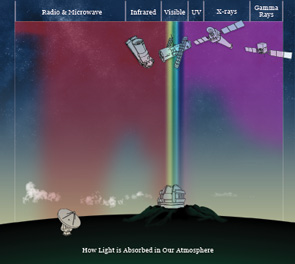Introduction to From Earth to the Universe
![]()
Chandra's Telescopes & Light Interactive: Click to play
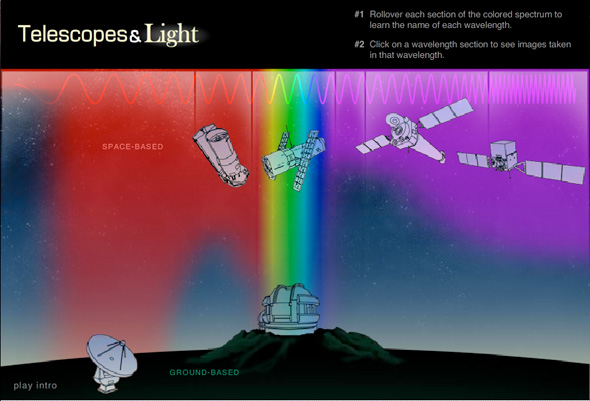
The Electromagnetic Spectrum
When Galileo turned his telescope to the sky 400 years ago, he was using a tool to enhance his natural vision. This so-called visible, or optical, light that Galileo observed represents just a mere slice of the entire spectrum of light we now know radiates across the Universe.
Today, astronomers have built telescopes and detectors that can see far beyond the type of radiation we can detect with the human eye. Ranging from long radio and infrared waves to shorter wavelengths of ultraviolet, X-rays, and gamma rays that reveal the hottest parts of the Universe, modern astronomy is really one of telescopic diversity. The graphic below illustrates the types of telescopes, some of which are in space and others on the ground, in the 21st century. All of these new tools allow views of the cosmos that Galileo most likely could never have imagined.
Representative Color

The images in the "From Earth to the Universe" project have been selected to represent the wide range of telescopes and observations available in modern astronomy. All the images you see here are in color. In the visible light or optical images, the colors are approximately how you would see them if you were close enough and your eyes sensitive enough.
For the radiation that are outside the range we can see with our eyes—ultraviolet, infrared, X-rays, radio waves and so on—the colors shown are selected for various scientific and aesthetic reasons. In most of the images from these invisible parts of the spectrum, however, the colors are often assigned so the "reddest" (or longest wavelength) light is red and the "bluest" (shorter wavelength) light is blue as our eyes see. In this way it is possible to map the invisible light to make images that we can see. Some images are taken through special filters that target individual physical processes, such as certain compositions or temperatures, and these are often color-coded in a way that shows the most information.
Categories of Objects
The images in "From Earth to the Universe" are a sample of the wide range of objects in the Universe. The diversity in size and shape and more between these objects is amazing. Here are a few of the categories of objects that are found in the Universe.
| Solar System | Stars | ||
|---|---|---|---|
 |
Our Solar System contains many wondrous things: a star (our Sun), a zoo of planets, asteroids, comets, and more. |  |
These glowing balls of gas are held together by their own gravity and powered by nuclear fusion in their cores. |
| Nebulas | Supernovas | ||
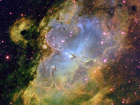 |
In between the stars, there are vast clouds of gas and dust. Nebulas can possibly collapse and form new stars. | 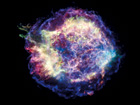 |
When stars much more massive than our Sun run out of fuel, they explode as a supernova and leave behind glowing debris fields. |
| Galaxies | Galaxy Clusters | ||
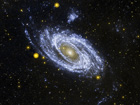 |
A galaxy is a system of stars, gas, dust and dark matter bound together by gravity. | 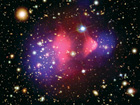 |
Containing hundreds or even thousands of galaxies and vast amounts of hot gas, galaxy clusters are some of the largest objects in the Universe. |
Cosmic Scale and Distance
Explore the universe by shrinking cosmic scale in 4 steps, zooming out from the realm of the Earth and Moon to the realm of the galaxies. You can use this 4-step scale model to imagine some of the distances involved in the From Earth to the Universe images with this short podcast series. Try the activity at: http://chandra.harvard.edu/resources/podcasts/2inch/


